DANCE: A Quiet But Hardworking “Choreographers’ Eve”
Dance critic Lightsey Darst weighs in on the offerings presented recently at the Walker's annual sampling of work by local dance luminaries, "Choreographers' Evening," curated this year by Sally Rousse.
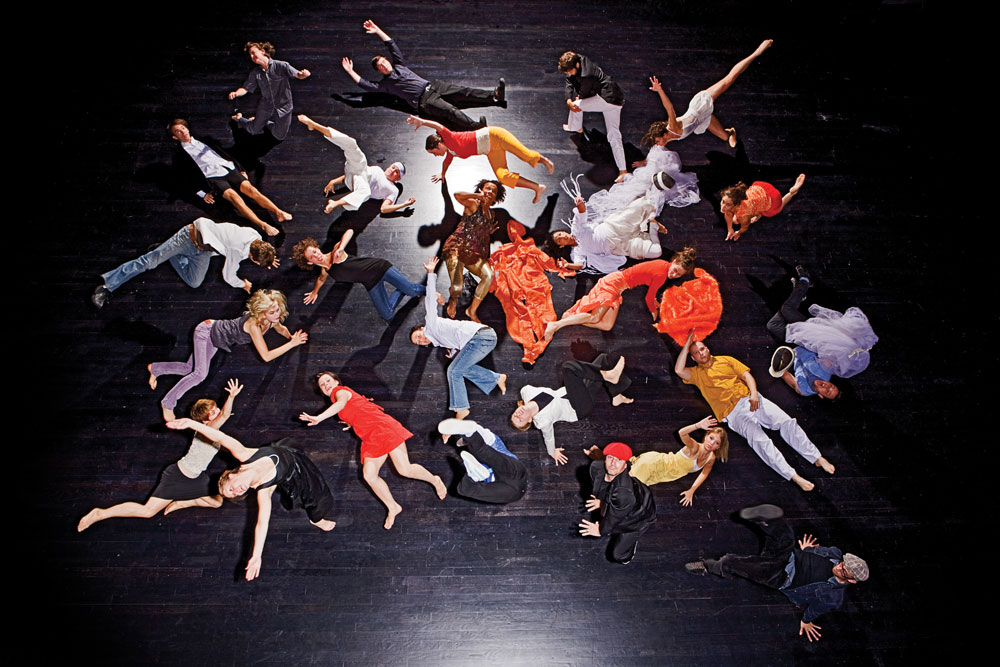
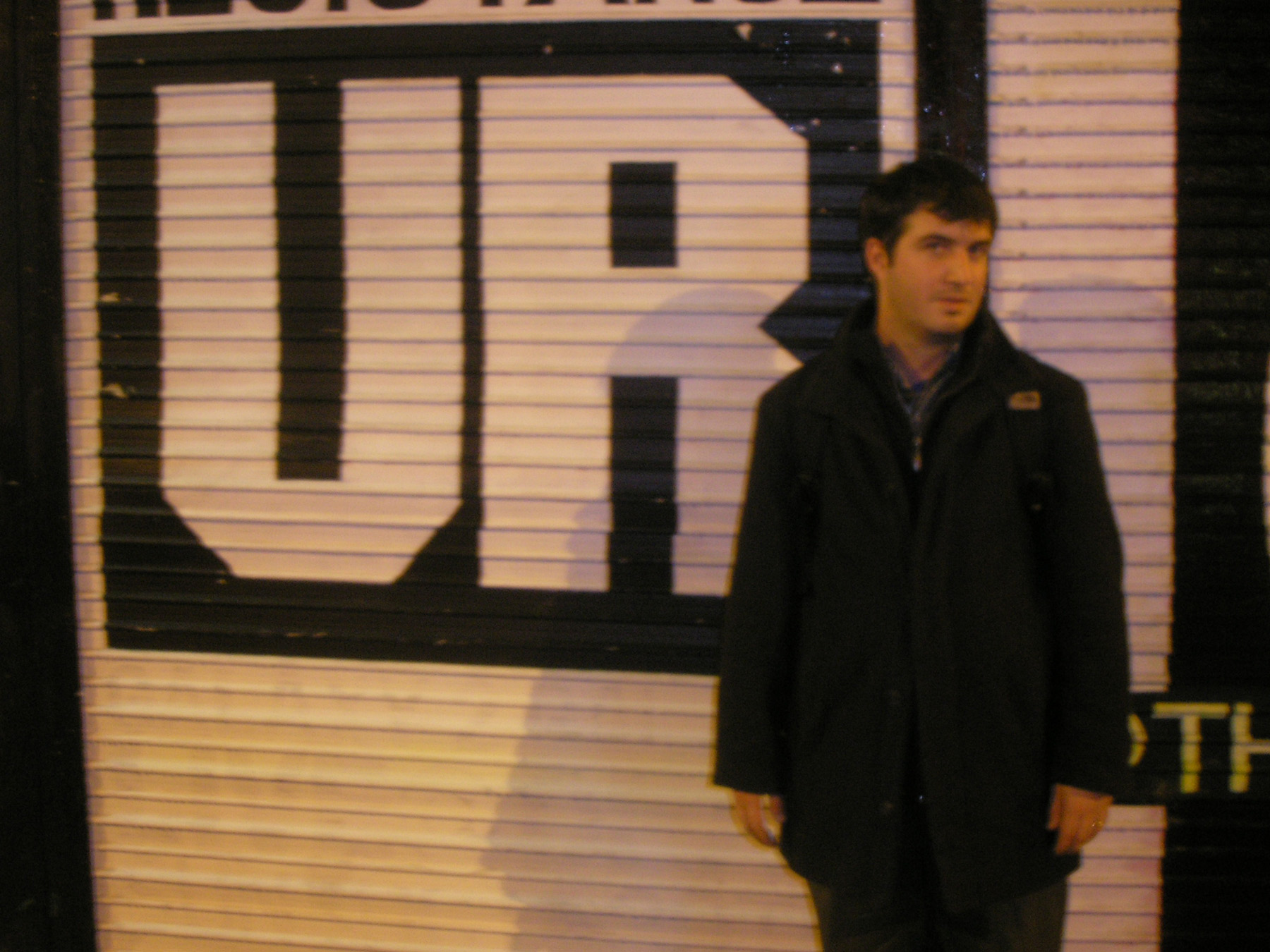
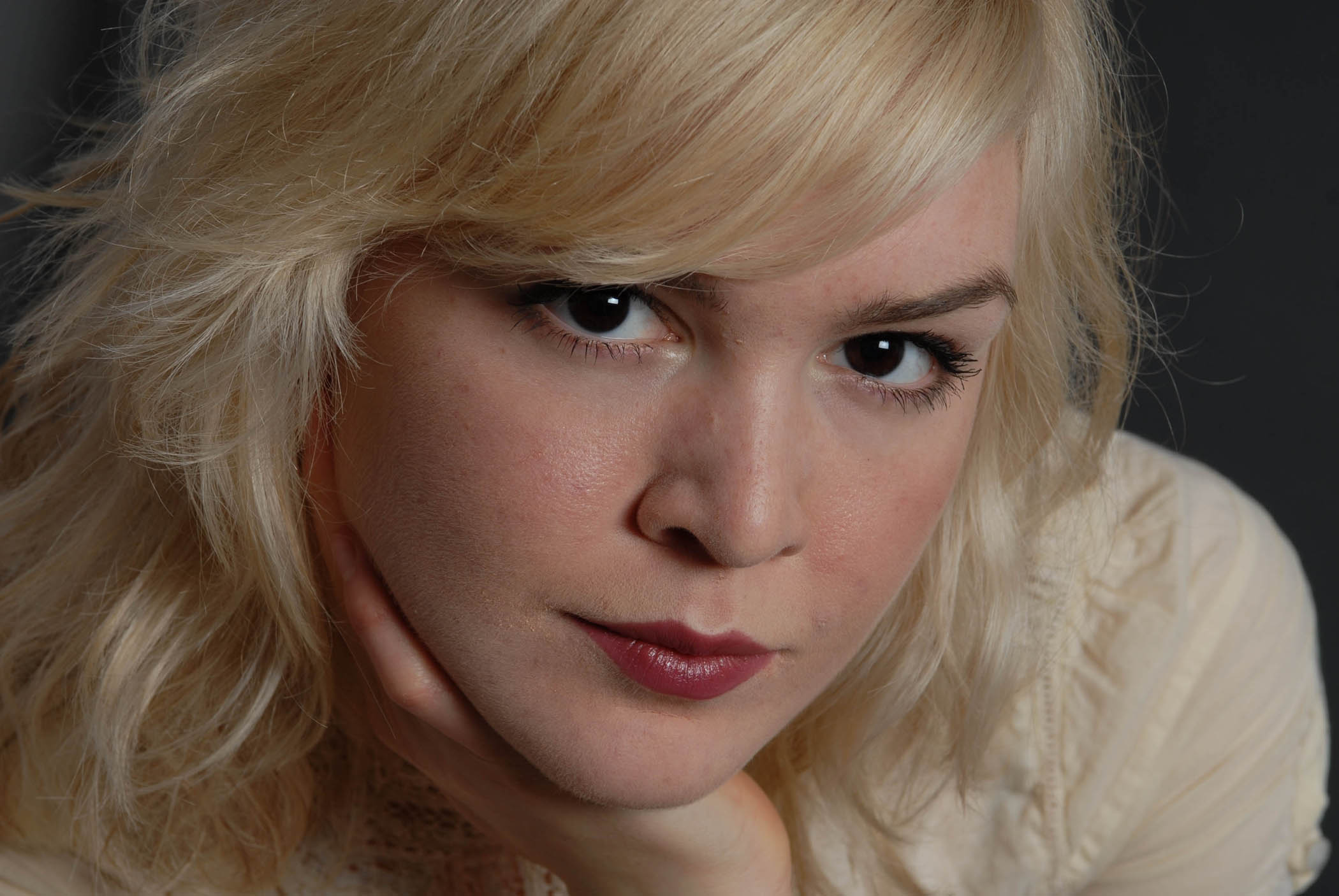
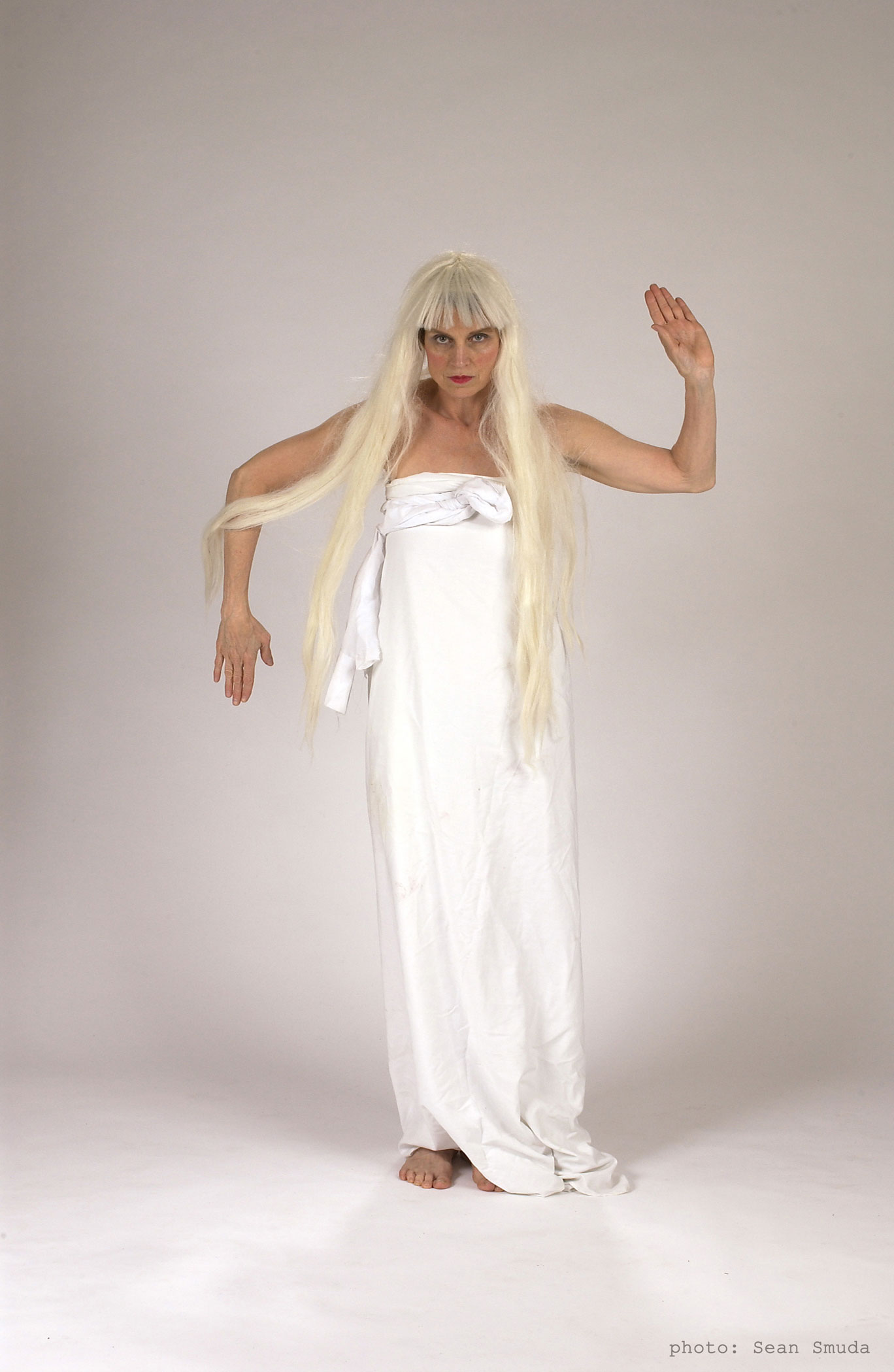
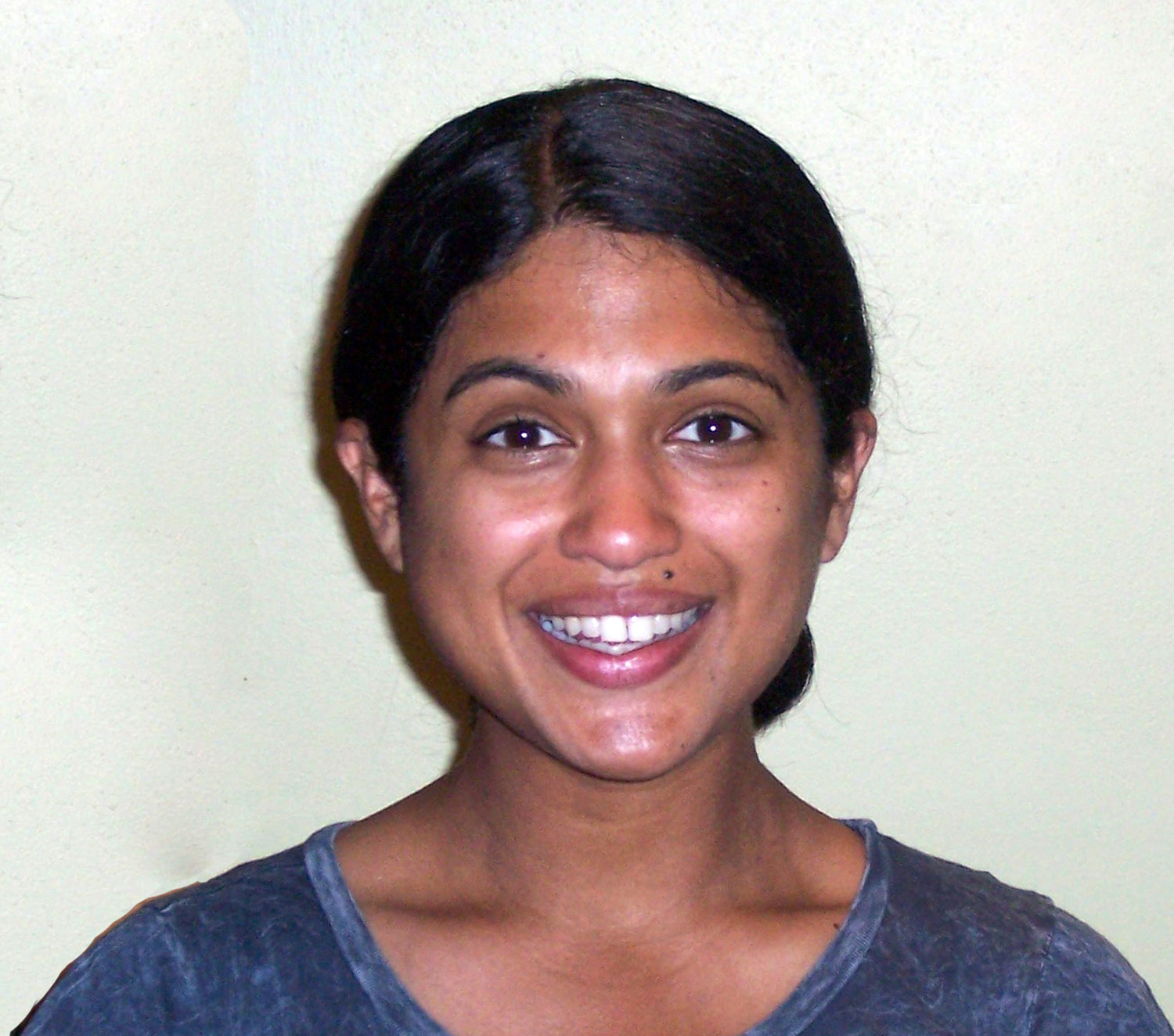
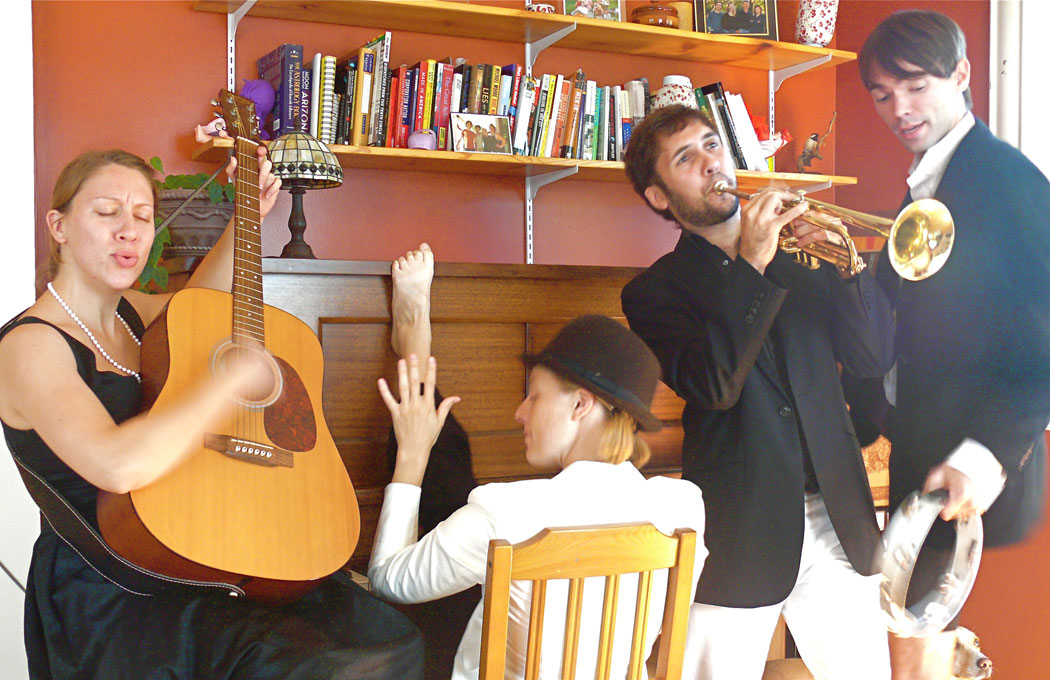
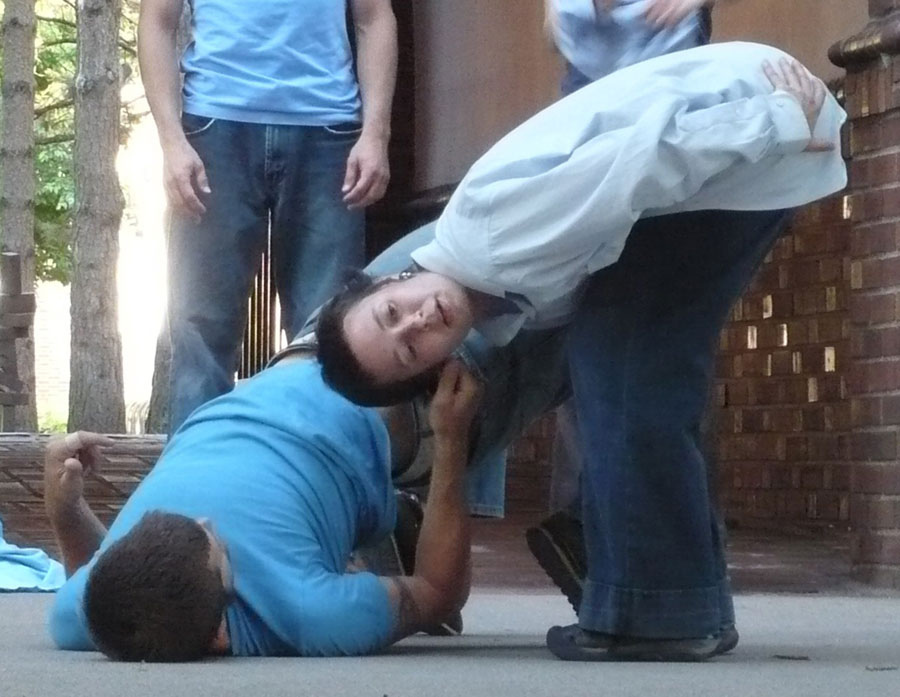
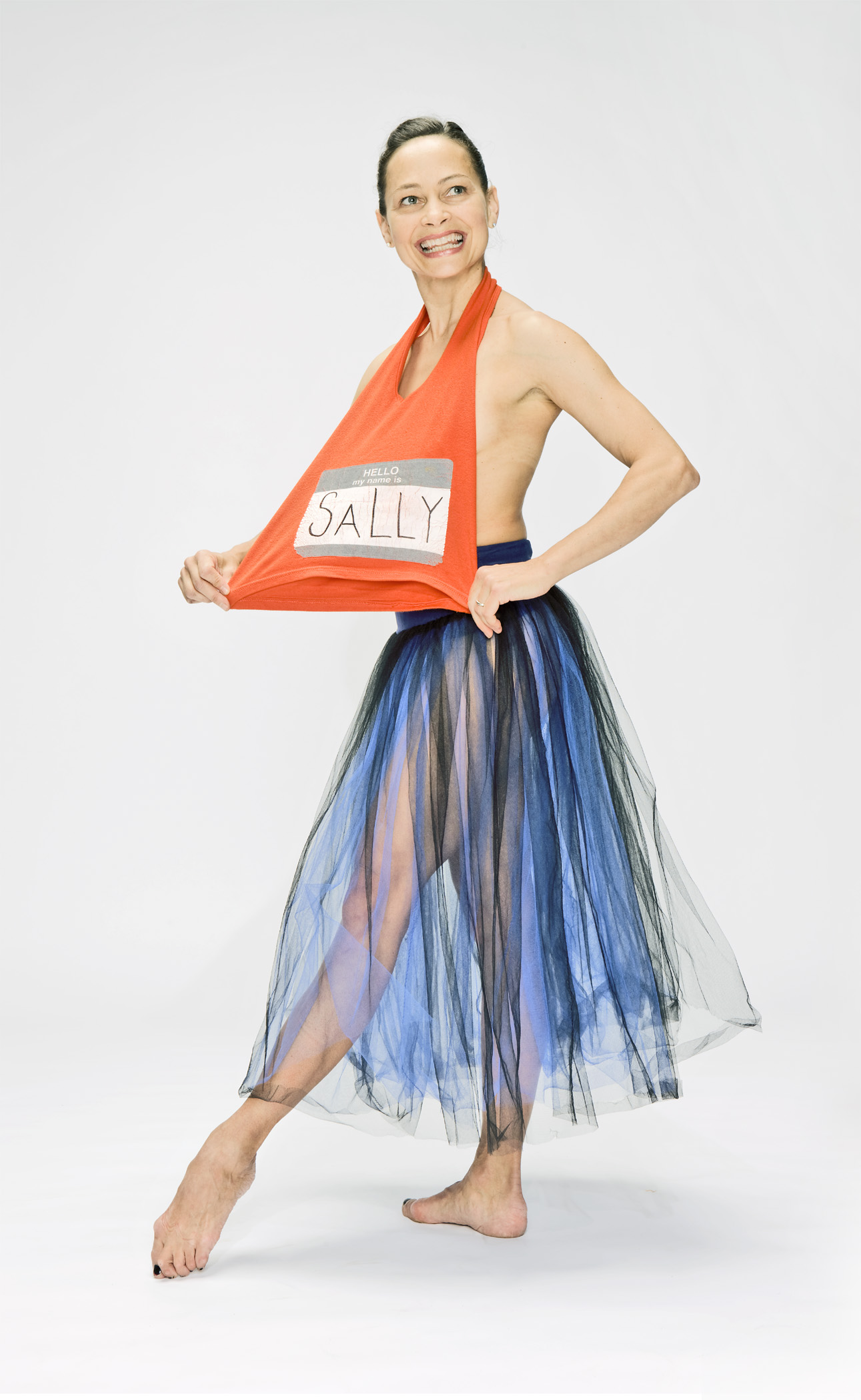
LAST YEAR, PEOPLE COULDNT SHUT UP about Choreographers Eve. Whether they were ranting, calling it the worst ever, or howling about censorship (Jaime Carreras full-frontal was seen only at the late show), or just raving about whatever dance caught their fancies (the lemons, the Native American traditional dance, the bikinis on bikes, the Spam), they were talkingat the show, at other events, on the Walker’s performing arts blog. But this year, the Walker blog is bare as a frozen lake on the subject, and Ive had all of one conversation about the work at Choreographers Eve (curated, this year, by Sally Rousse).
What does it mean? Was Choreographers Eve dull? Well, yes, a little. Its not that there wasnt good work, but (with one exception) there was nothing compulsive, nothing transgressive, nothing strange. We could argue about whether a work of art needs to be any of the above, but theres no doubt that weird work stirs thought and discussion. Take the one exception, Judith Howards Orange Episodes. Popsicle-orange clothes, including a muff and fur hat, also a lush apricot carpetbird sounds, flutters, and was that a snippet of Swan Lake in the soundtrack? Play with hiding and revealing, the curtains swishing open on one tableau, then a second curtain opening to reveal anotherit was a strange little trip into someones memory/closet/fantasy, inexplicable and indelible.
Howards work, like several other pieces on the program, felt partial, but while Howard challenges the audience, the other choreographers seemed to be talking more to themselves. Not that theres anything wrong with that; we all need to talk to ourselves, especially in the course of an artistic project. But it does make for more opaque, less memorable work. Pramila Vasudevans pocket summary of The Wet Bug Hush sounds brilliantly demented, but the excerpt she showed was notable mostly for her burbly, alt-bharatanatyam stylenot for concept or overall construction. Mary Easters Right? was a snippet of mostly speech and acting, not, I would say, dancing. Maggie Bergerons I was hoping you would agree had some play of mirror and echo; Nicholas Lincolns Jane had a sense of drama; Chris Yons Teardrop Terror gave a window onto an inner logic. But all three pieces were fundamentally quietthe middles of some future evenings of dance, lets hope.
Howards Orange Episodes, with its meticulous tableaux and its structured but bustling movement, also felt like a dance I could watch a few times. Layers, second and third thoughts, a certain depth of detailthese elements were, unfortunately, lacking in many other pieces, even when the pieces were bright, shiny, and fun to watch. The Battlecats hip-hop Revolution certainly had enough gravity-defying tricks to hold ones attention, but the military theme never got beyond gimmickry. Were they child soldiers? US troops? Revolutionaries? Good guys? Bad guys? Who cares?! Check out those headspins! I liked Dustin Haug and Tamin Totzkes The Evolution of Storywhat a sweet and playful movement explorationbut I cant say much else about it. Another sweet bit was Emily Tyra and Caroline Fermins video . . . found you!: two ballerinas reversing Yves Klein, sort of, and directing their own painted bodies across white paperbut not directing themselves into anything particularly new. SuperGroups Teletubby-costumed dance-spoof (they checked off all the activities comprising contemporary dance, including Pop song and Pop song reprise) made me laugh; but, again, my reaction stops there. Jaime Carrera, much tamer this year, slipped on a petticoat for a skirt dance. He sure is good at skirt dancinghe flips, and steps, and turns
and then he keeps flipping, stepping, and turning for another three minutes.
Choreography is hard. Tim Cameron promised plenty of concept in the program notes for Collective Bargaining, but the actual work hovered between bad (as in intentionally awkward) and, well, bad (as in poorly constructed). To make something vivid, solid, yet yielding and deep, and to do all that in seven minuteswell, its no wonder if the resulting work sometimes cant entirely live up to the demand.
Where this Choreographers Eve did live up to expectations, though, was in the dancing. In fact, this year’s show might have been renamed “Dancers Eve.” Im thinking of the extraordinary control and concentration of Maggie Bergeron (in her own work) and Taryn Griggs (in Chris Yons):both dance with such intention, so that each motion seems real, an instant of desire. Or the clean lines and cool power of Sarah Jacobs (in Nicholas Lincolns work), Emily Tyra, and Caroline Fermin. The explosive pyrotechnics of the Battlecats (B-Boys J-Sun, Sequel, and Daylight), juxtaposed against the sinuous evolutions of Pramila Vasudevan: fire and flight, water and wind.
The keynote of this years Choreographers Eve might be Galen Treuers pre-show installation, Some dances you might remember. Treuer scattered thirteen dancers or pairs of dancers across the Walker, all of them recreating snippets of dances (and mostly ones they didnt originally perform in). It was impossible to take in the choreography; instead, the dancers became almost like mobiles, beautiful sculptures moving in set paths. It was a fit beginning for this year’s quiet but hardworking Choreographers Eve.
About the writer: Lightsey Darst writes on dance for Mpls/St Paul magazine and is also a poet and editor of mnartists.orgs What Light: This Weeks Poem publication project.